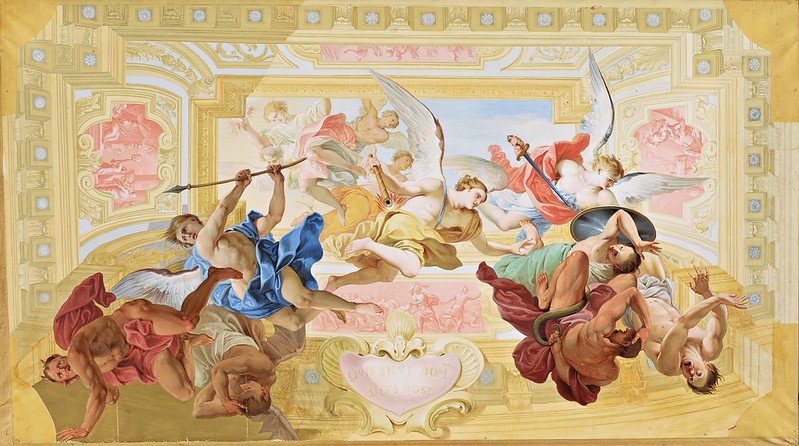Louise Farrenc (1804-1875)
- 1re Symphonie (do mineur), Op.32 (1841)
Performers: L'Orchestre De Bretagne; Stefan Sаndеrling (conductor)
Further info: Louise Farrenc (1804-1875) - Symphony No.3 (1847)
---
French composer, pianist, teacher and scholar. She studied music with
Antonín Reicha. In 1821 she married (Jacques Hippolyte) Aristide Farrenc
(1794-1865), but was not entirely eclipsed by his acknowledged
eminence. Her three symphonies had respectable performances: No.1 in
Brussels (1845), No.2 in Paris (1846), and No.3 in Paris (1849); the
last received an accolade in the prestigious, and definitely
male-oriented, Gazette Musicale, which conceded that "she revealed,
alone among her sex in musical Europe, genuine learning, united with
grace and taste." She also wrote a piano concerto, 30 etudes in all
major and minor keys for piano, 2 piano trios, cello sonata, 2 violin
sonatas, 2 piano quintets, and a sextet and a nonet for winds and
strings. One of her overtures (1840) was reviewed by Hector Berlioz, who
remarked that it was orchestrated "with a talent rare among women." She
was a brilliant pianist, and taught piano at the Paris Conservatory
from 1842 until 1872, the only woman ever to hold a permanent position
as an instrumentalist there in the 19th century. After the death of her
husband in 1865, she assumed the editorship of his monumental collection
'Le Tresor des pianistes'. Her role in music history carries
significance beyond that ordinarily accorded to competent minor
composers. Having worked in a society whose women musicians attained
prominence mainly as performers, and in a cultural environment which
valued only theatre and salon music, she merits recognition as a
pioneering scholar and a forerunner of the French musical renaissance of
the 1870s. Her daughter Victorine Farrenc (1826-1859) was also a
talented pianist whose promising career was cut short by an early death.

















